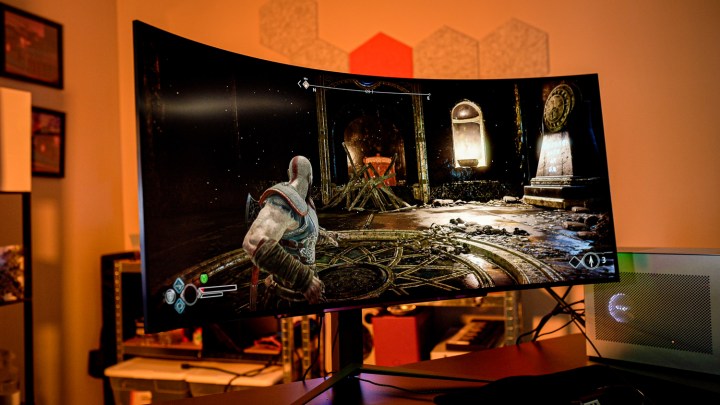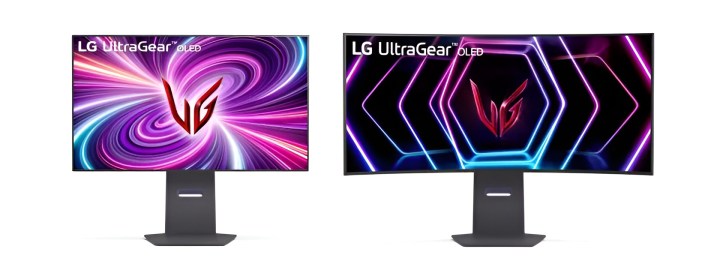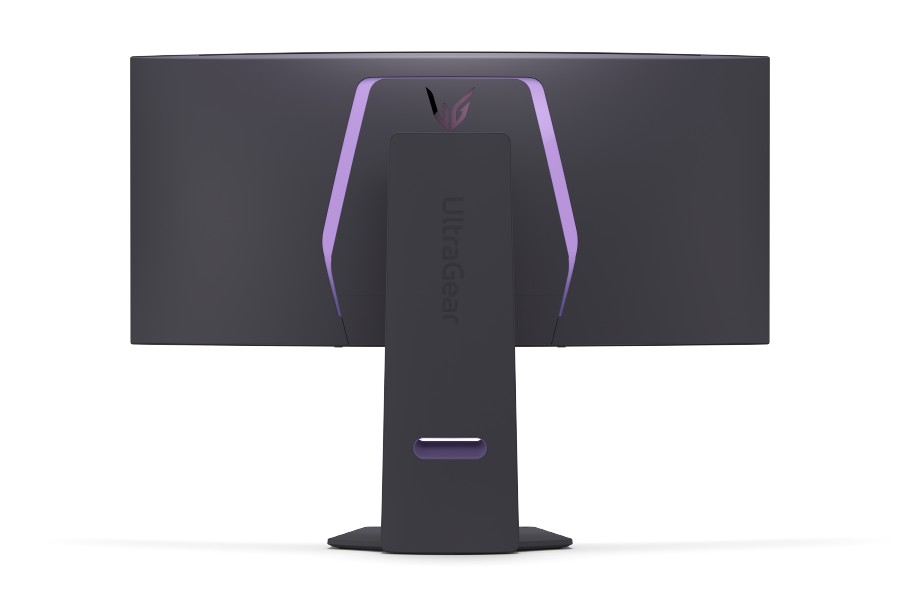
LG isn’t waiting for January to launch its next generation of OLED gaming monitors. The company revealed three new displays joining its lineup, as well as updates to the OLED gaming monitors it already offers. One of them, in particular, stands out due to a dual refresh rate feature that can reach up to 480Hz.
The UltraGear 32GS95UE is the star of the show. It’s a 4K OLED monitor with a 240Hz refresh rate, but LG says you can switch to a 1080p resolution with a 480Hz refresh rate with a single click. You can map the function either to a hotkey or a directional switch on the joystick, allowing you to quickly swap between high-resolution cinematic gaming or competitive settings.
We’ve heard about some 4K OLED gaming monitors previously, and we expect to see several models at CES 2024. LG’s take stands out with its dual refresh rate feature, however. It pulls double duty as a cinematic

The refresh rate is one thing, but this monitor also has the fantastic response times of OLED. Like previous displays, LG is claiming a response time of 0.03 milliseconds. We’ve seen with displays like the LG UltraGear OLED 27 that real response times are generally higher, but OLED is still much faster than LCD displays.
Outside of the UltraGear 32GS95UE, LG has the 39GS95QE and 34GS95QE. Both of these displays feature a 21:9 ultrawide aspect ratio, as well as a resolution of 3,440 x 1,440 with a 240Hz refresh rate. We’ve seen plenty of ultrawide OLED gaming monitors like the Alienware 34 QD-OLED, but this is LG’s first attempt, and it’s the first time we’re seeing the form factor with a 240Hz refresh rate.
It’s also the first time we’re seeing an OLED monitor at 39 inches. For as great as a 34-inch ultrawide is, it’s exciting to see a slightly larger screen deliver the same OLED image quality and high refresh rate. Both of these displays come with an aggressive 800R curve, and all three displays are certified with G-Sync Compatible, FreeSync Premium Pro, and DisplayHDR True Black 400.

LG isn’t stopping there. We also have updates to the UltraGear OLED 27 and the UltraGear OLED 45. The OLED 45 is the big deal. LG is offering two versions of the monitor now, both with a 240Hz refresh rate and a resolution of 3,440 x 1,440. The 45GS96QB model, however, includes speakers and USB-C connectivity with up to 65 watts of power delivery.
It’s not clear what else these new models bring. LG says they’re “upgraded versions” of previous displays, but we’ll have to wait until we’ve seen the monitors to tell what upgrades they bring.





